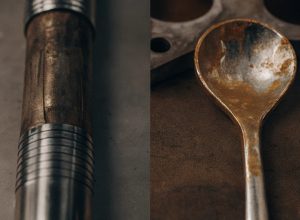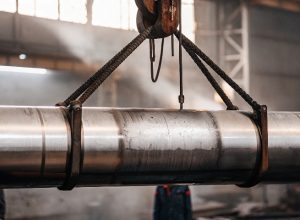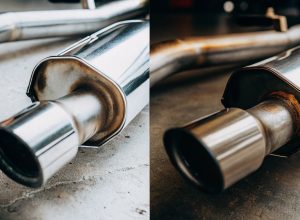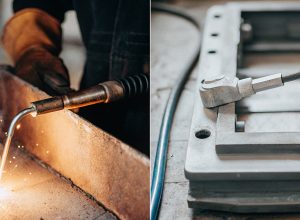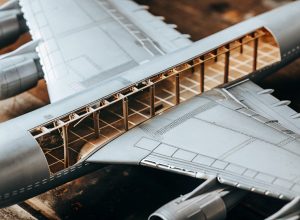Choosing between cold-rolled and hot-rolled titanium plates can be overwhelming. The wrong decision impacts quality, cost, and performance. Here’s how to make the right choice.
Cold-rolled and hot-rolled titanium plates differ in production processes, surface finish, and thickness. Understanding these differences helps you select the best option for your project needs.
Both processes offer unique benefits; read on to understand which fits your application requirements best.
Understanding Hot Rolled Titanium Plates
Hot rolling involves heating titanium above 800°C (1472°F) and shaping it through rollers. This process produces plates with a rougher surface and looser dimensional control, suitable for thick plates ranging from 3mm to over 100mm.
Exploring Cold Rolled Titanium Plates
Cold rolling compresses and elongates titanium at room temperature, offering a smooth surface, tighter tolerances, and increased strength. It’s ideal for thinner plates, typically between 0.5mm and 6mm, where precision is crucial.
Key Differences: Cold Rolled vs. Hot Rolled Titanium Plates
- Temperature of Rolling: Hot rolling uses high temperatures; cold rolling is done at room temperature.
- Surface Finish: Hot rolled has a rough finish; cold rolled offers a smooth, bright finish.
- Dimensional Tolerance: Hot rolled plates have wider tolerances; cold rolled plates have tighter tolerances.
- Mechanical Properties: Hot rolled plates offer better ductility; cold rolled plates offer increased strength.
- Thickness Range: Hot rolled is for thicker plates; cold rolled is for thinner sheets.
Applications of Hot Rolled vs. Cold Rolled Titanium Plates
- Hot Rolled Applications: Best for structural components and thick parts where finish is secondary.
- Cold Rolled Applications: Ideal for high-performance applications needing precision and smooth finishes.
How to Choose the Right Rolling Process
Select cold rolling for precision and smooth surfaces. Choose hot rolling for thicker plates when surface finish is less critical.
Conclusion
Hot rolling suits thicker, less precise plates, while cold rolling is best for precision applications with a superior finish.


